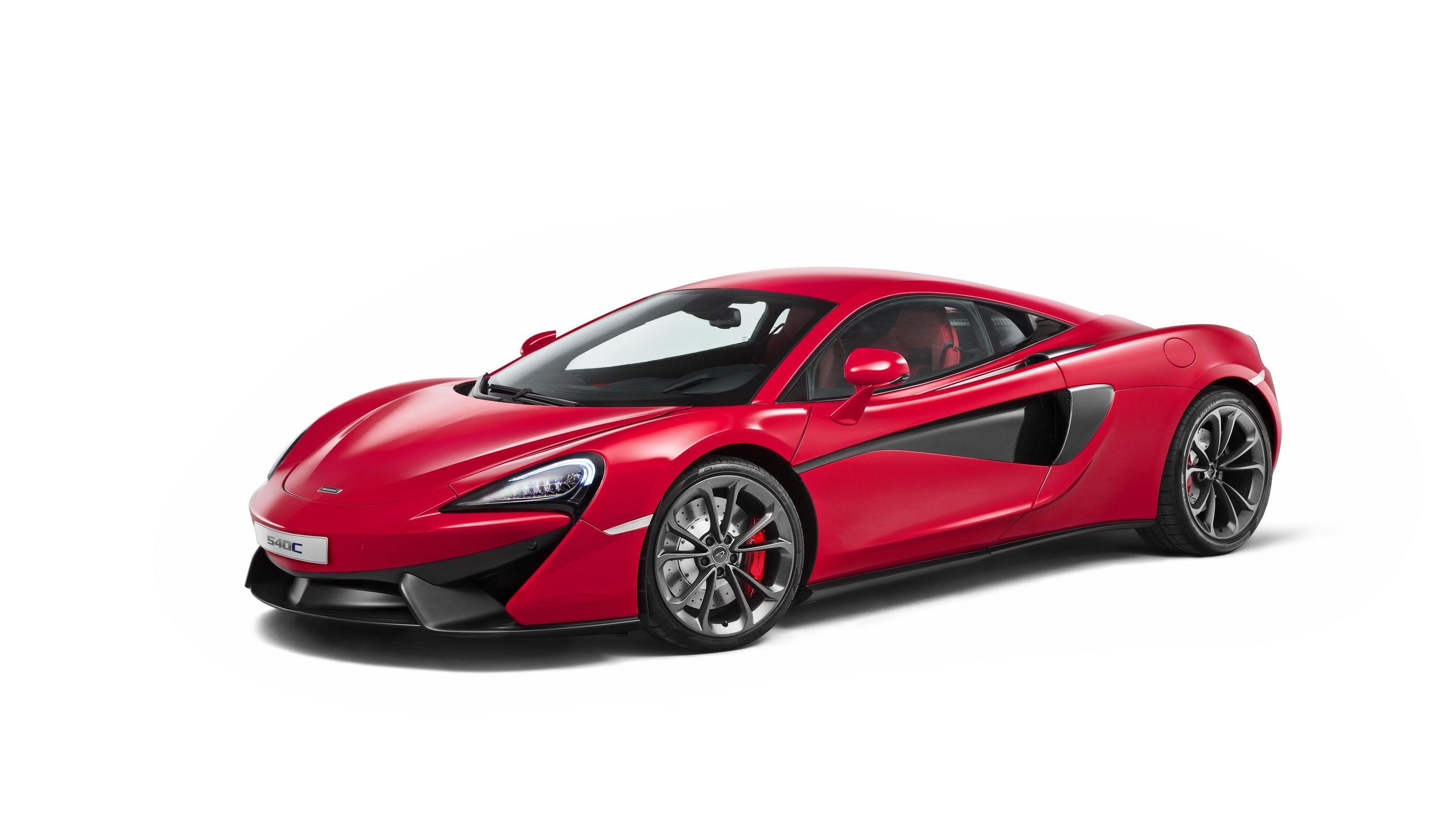Life as a niche automaker is far from easy. Just ask Aston Martin->ke13 how it managed to stay afloat for all these years and you'll understand why most companies are now part of bigger corporations. But while the likes of Lamborghini,->ke44 Bugatti->ke16 and Ferrari->ke252 are flourishing under Volkswagen->ke94 and Fiat,->ke30 respectively, some carmakers plan to continue independently. McLaren->ke284 is one of them, and according to executive director of sales and marketing Jolyon Nash, that won't change anytime soon.
Nash argues that staying independent allows McLaren to develop products that keep up with technology and the latest legislative requirements. Simply put, instead of being forced to play by the parent company's rules, independent automakers are in charge of their own destinies, choosing whether to shift toward, say, innovation or sustainability. Or both, because McLaren has already proven it can do it without jumping on the SUV bandwagon.
Nash also thinks that not being dependent on a parent company means McLaren can update its products in a more efficient way. "We're very quick to move. Our product development life cycles are very efficient. In an industry like this, those are great advantages," he said in an interview, according to Automotive News.
Of course, staying independent requires significant profits, which is why McLaren is off to an unprecedented lineup expansion that includes three vehicle tiers and nearly 10 models, both road-legal and track-only, with even more underway.
Continue reading to learn more about how McLaren plans to remain independent.
Why it matters
It might seem that McLaren is a bit overconfident about its future as an independent carmaker, but its attitude is based on rock-solid facts. The company built itself a strong name as a Formula One->ke190 and Can-Am racing->ke447 team before switching to in-house-developed road cars in the 1990s, with a focus on innovation and exclusivity. Not only did the F1->ke1159 supercar->ke177 shatter the world record for fastest production cars by a whopping 27 mph, it also became a Le Mans->ke1591 winner with only minor modifications. Talk about appeal, huh?
After a short break, during which it helped Mercedes-Benz->ke187 develop the SLR->ke566 supercar, McLaren returned to building road cars with the MP4-12C,->ke3514 also a success on both the street and the track. The P1->ke4608 supercar brought even more exclusivity to the brand, while the 650S->ke4801 arrived as a new weapon against entry-level Ferraris and Lamborghinis. It was the first time McLaren had two distinct nameplates on offer, but it was only the beginning.
A dramatic shift in strategy occurred in 2014, when McLaren outlined plans to boost sales by expanding the lineup even further. The result of that is what we now know as the Sports Series (570S->ke4924 and 540C->ke5120). Around the same time, McLaren announced the launch of its first customer racing program for the P1 GTR, joining the ranks of Ferrari and Lamborghini.
What McLaren did over the past year was combine strategies seen at Ferrari and Porsche.->ke1 On one hand it built exclusive cars such as the P1 and P1 GTR, together with introducing a full-fledged racing program, while on the other hand it began offering its products to a wider audience with the more affordable Sports Series, created to include several nameplates. To top it off, McLaren continues to use the same carbon-fiber MonoCell chassis and award-winning V-8 engine in all of its cars, a policy that's cost-effective while allowing for the latest updates to be spread across the entire lineup.
Moreover, McLaren remains true to its heritage by refusing to build SUVs,->ke145 which can't be said about traditional sports car manufacturers such as Porsche, Lamborghini, Lotus,->ke49 Bentley->ke15 or Aston Martin. All of the above makes McLaren a unique manufacturer and proves that a brand can survive without dropping its heritage or building mainstream cars. Kudos!
McLaren 540C
Find our more about the McLaren 540C in our full review here.

